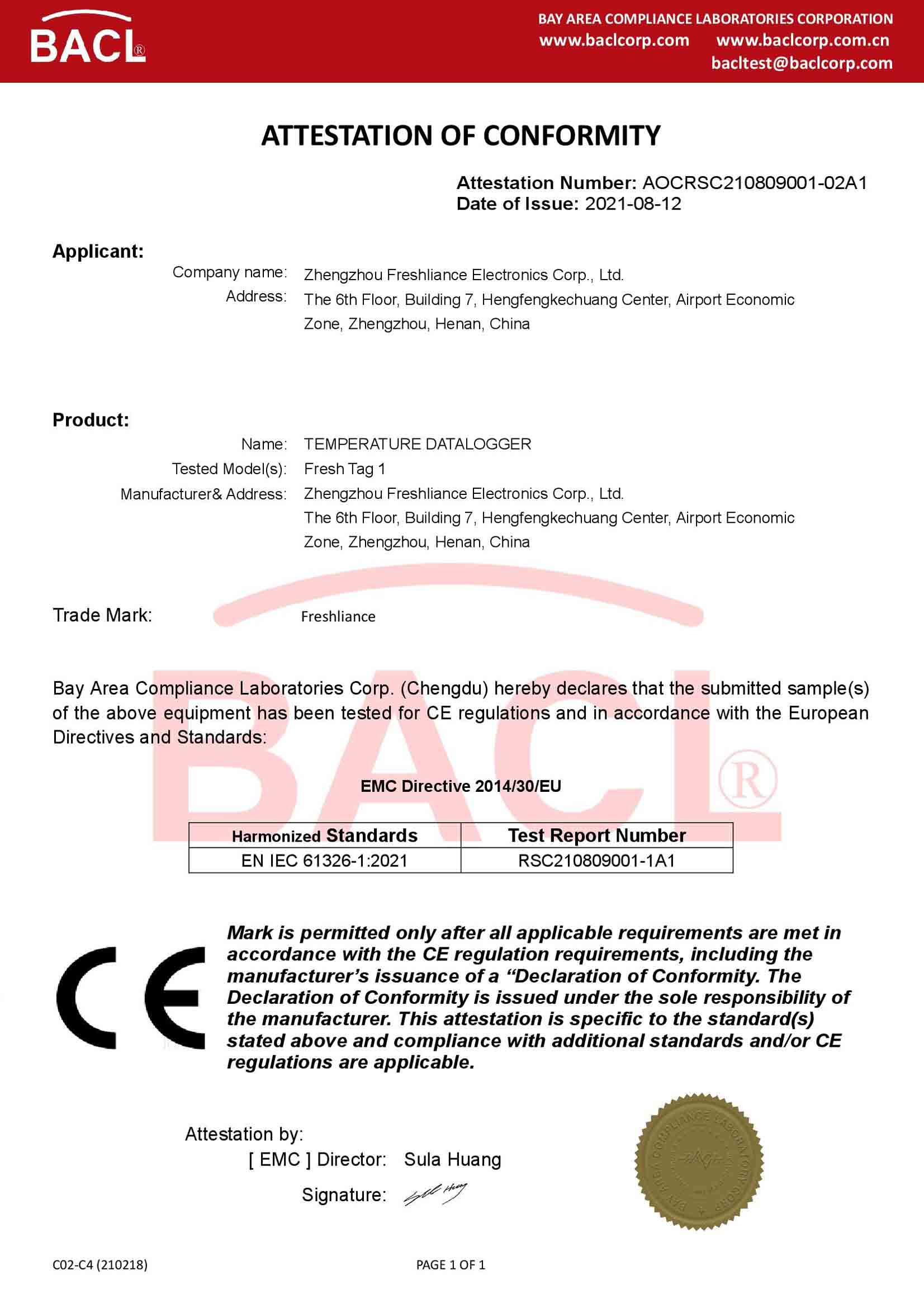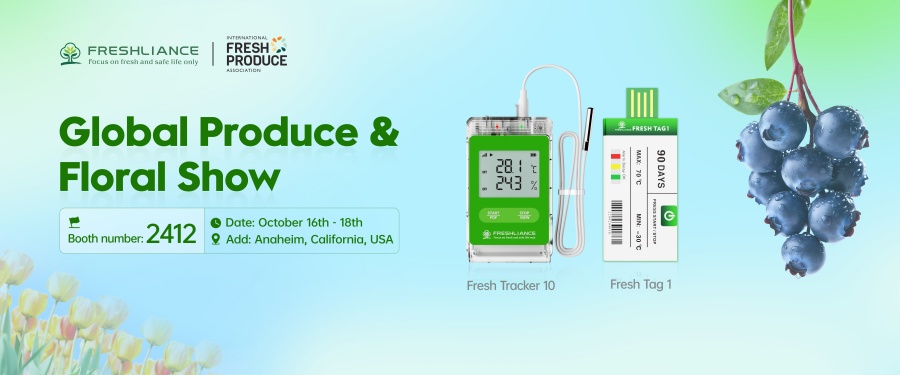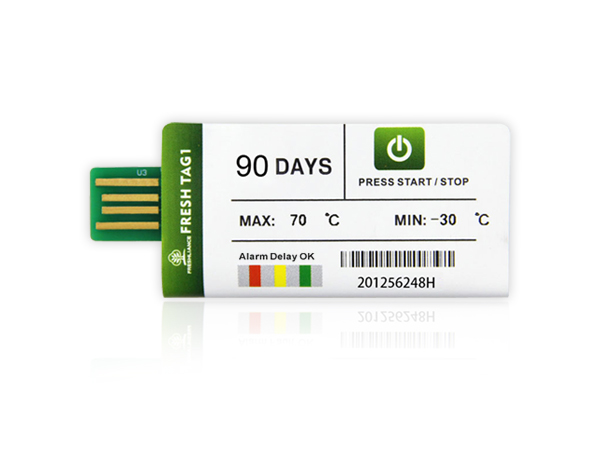Importance of Blueberry temperature monitoring
The quality of blueberries is subject to a number of different physiological, physical and pathological processes that occur after harvesting. The deterioration of blueberries can occur in a number of ways, including decay, softening and shriveling. It has been established that fruit moisture loss plays a significant role in determining the firmness of blueberries after harvest. The most significant environmental factor affecting the quality of blueberries after harvest is temperature. It is recommended that fresh blueberries be stored at temperatures close to 0°C and 90–95% RH in order to obtain the maximum postharvest life. Higher temperatures accelerate the metabolism of both blueberries and pathogens, increasing moisture loss and leading to higher rates of decay, softening and weight loss during storage. It is possible that temperatures below the optimal range may occur in real supply chains due to delays in cooling immediately after harvest and as a result of poor cool chain performance.

It is not uncommon for delays to occur between the time of harvest and the cooling of the fruit to storage temperature. These delays are often due to logistical constraints related to the transport, packing line and pre-cooling facilities. In some locations, the packing line constraint delays are mitigated by cooling the fruit to 10 °C prior to packing. Quality loss symptoms that have been reported to be exacerbated by delays include increased decay incidence and weight loss, as well as reduced fruit firmness after storage.

TagPlus-T is a multi-use temperature data logger with an LCD screen for easy viewing of temperature data. Parameters can be configured before use. Complete trip history will be recorded and downloaded as encrypted reports with summary data, graphs, and tables. The report can be directly read by PC at the destination. And the temporary mode allows the device to continue work after users have gotten and read the temporary report. This USB Temperature Sensor is an ideal choice for in-transit records of the temperature changes of sensitive goods.





























